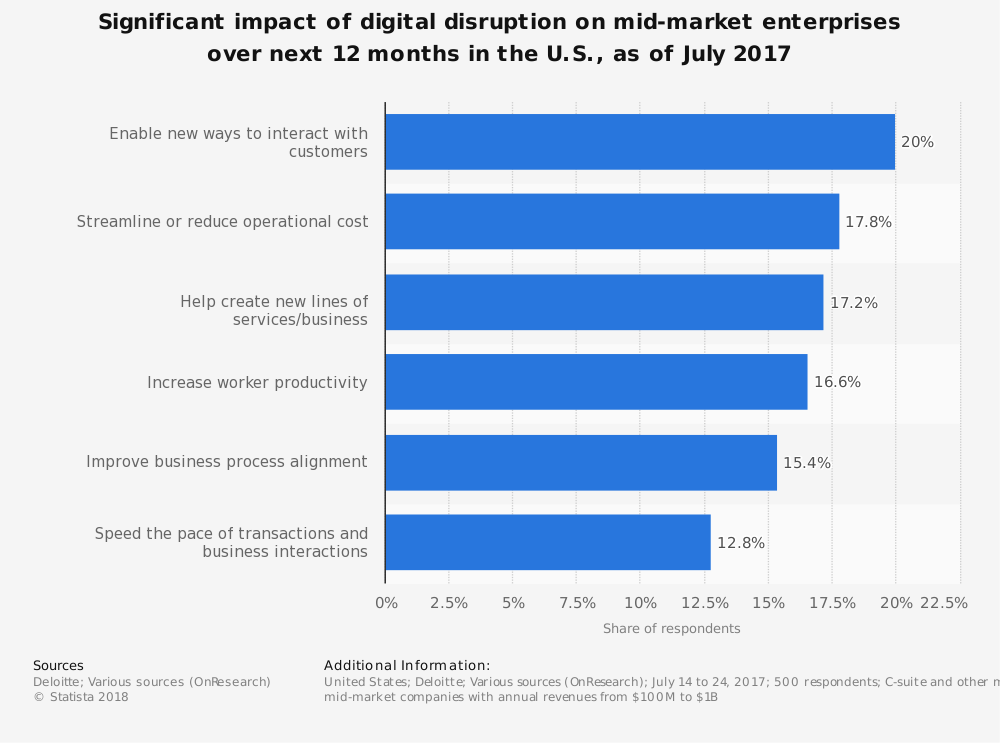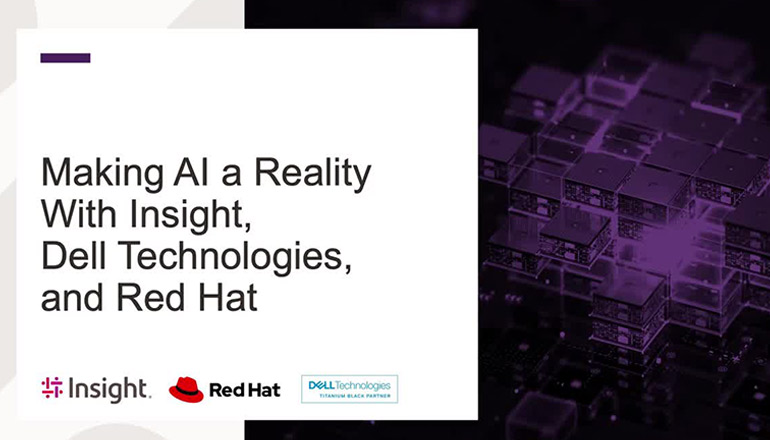Create a better employee experience.
When it comes to enhancing the customer experience, it isn’t just your consumers who are demanding more. As fluent technology users at home, employees now expect those same consumer-quality experiences in the workplace.
Your enterprise likely uses custom applications integrated into your everyday business operations. Modernizing legacy business applications to improve the user experience can provide tremendous Return on Investment (ROI) by means of a more productive and engaged workforce. In fact, actively engaged employees outperform peers by 147% in earnings per share1 — validating employee experience as a strategic priority.
The importance of modernizing business apps and creating frictionless workflows is not just about appeasing employees. When workers become frustrated by business technology, they seek out alternative, noncompliant applications to solve their challenges. This exposes the company to vulnerable endpoints and the risk of cyberattack.
Another catalyst for innovating the employee experience is a change in workforce behaviors. A new generation of workers demands flexibility and mobility, creating a dispersed workforce that spans the office, the road and home.
In an effort to attract and retain top talent, the enterprise structure has evolved to adapt to this new working environment. But effectively connecting workers across ZIP codes and time zones can be challenging. A 2017 study by Softchoice revealed that 94% of office workers in North America need to collaborate with other teammates as part of their job, and 83% rely on technology to enable them to work with off-site employees in real time.
The new reality of this anytime, anywhere workforce means organizations must prioritize the employee experience. Business apps and workflows must be omnichannel and bridge those distances in real time to enable effective communication and to streamline collaboration.
Employee empowerment, not replacement
When discussions begin around Artificial Intelligence (AI), conversational agents or automation, the threat of robots replacing humans is a common fear.
In actuality, replacing human labor with automation to reduce labor costs doesn’t equate to an attainable business case. When it comes to integrating technology, the focus shouldn’t be on replacing workers with machines, but on how technology can enhance what a person can do on his or her own.
AI is particularly useful for workers whose jobs focus on large amounts of data. When there’s too much data for a human to process, AI can illuminate key insights. AI does not make choices for workers, but rather provides the right information to help a human make a better decision.
Applying new technologies can free employees from tedious, repetitive tasks and enable them to perform higher-value work. Swapping predictable physical activities for automation can provide other significant benefits as well, such as increased speed and productivity, minimized errors and improved worker safety.
Use information to optimize business operations.
Enterprises today are not starved for data. Success no longer depends on how much data you can collect but on how quickly you can analyze and act on that information. Automation and real-time business can help turn data into instant insights, boosting efficiencies and eliminating unnecessary costs. AI can also play a key role in refining operations.

 Figure 1
Figure 1








